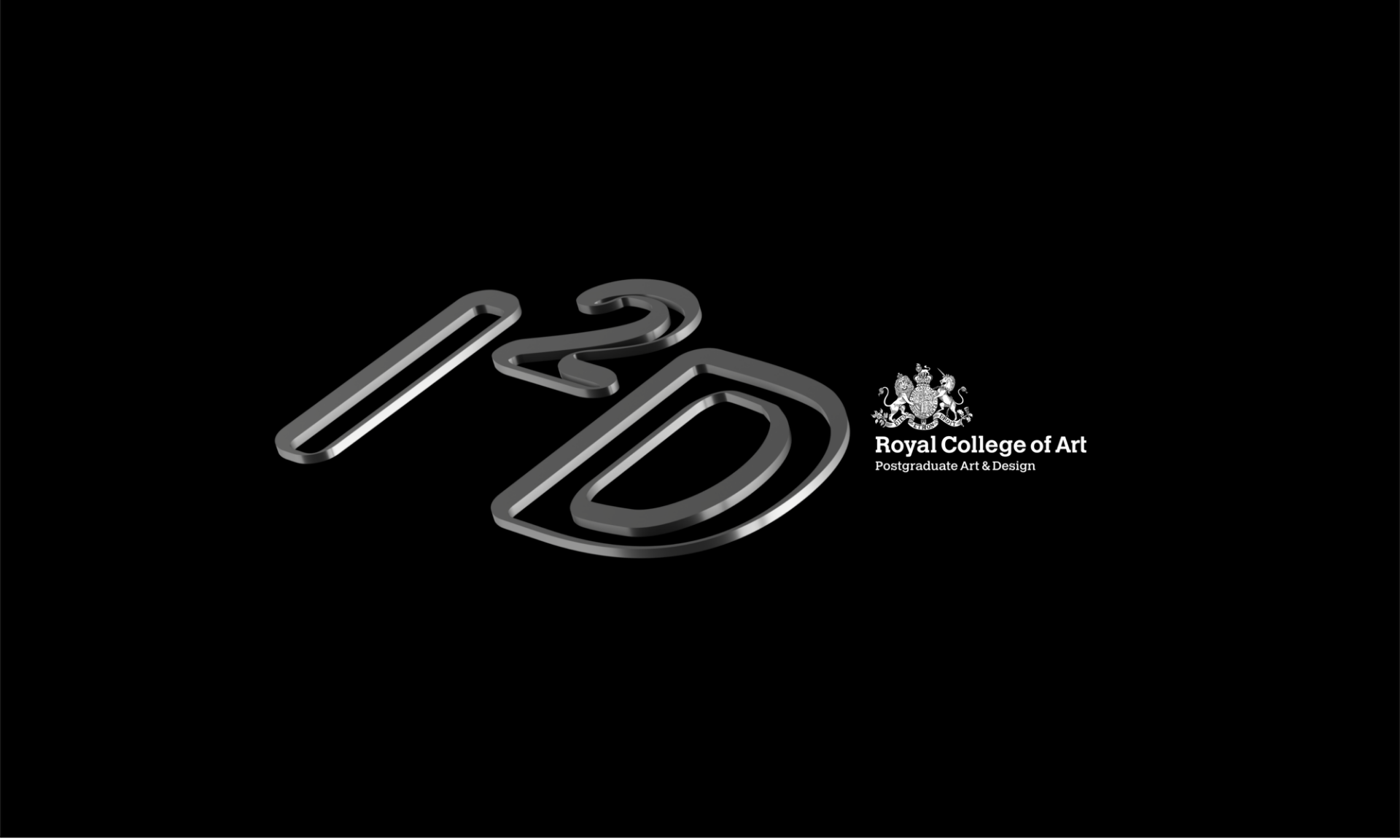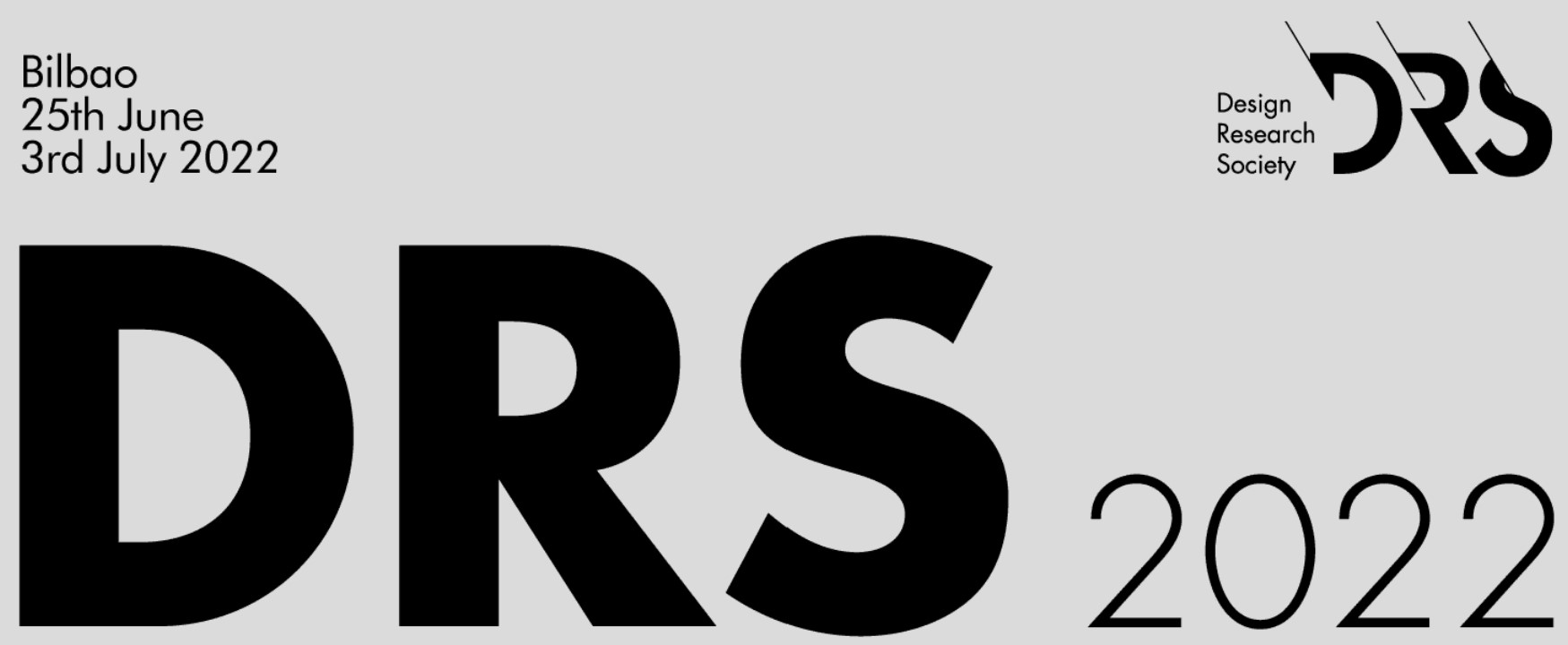We are excited to present two papers at the DRS 2022 (Design Research Society Conference) in Bilbao, Spain! The papers are already published, the links are shown below!
June 28, 2022
Designing Experiences for IoT Products: A Case Study Testing Existing UX Frameworks
Royal College of Art, United Kingdom
IoT products are believed to be a new type of things that combine both material and immaterial resources. Their unique attributes can result in user experiences strongly differing from traditional products, imposing new design challenges. This study aims to 1) test whether existing UX frameworks are applicable to IoT products in design practices, 2) identify essential elements in experience design for IoT products, and 3) explore new associated experience design opportunities. We conducted a workshop including 25 design-engineering students testing two UX frameworks. The participants designed new experiences for a representative IoT product (i.e., smartwatch) in the workshop and presented the experience scenarios by role-playing, revealing existing frameworks’ insufficiencies and highlighting how interactions in an IoT network influenced experiences. The study critically discusses whether pleasurable elements should be prioritised in IoT products’ experience design and how the agency of IoT products can be a tool for designers to shape experiences.
June 30, 2022:
Spatialized Video Communication Platforms – Applications in Design Education and Conferencing
1Royal College of Art, United Kingdom; 2Universiti Teknologi MARA (UiTM), Malaysia; 3Korea Advanced Institute of Science and Technology (KAIST), Republic of Korea; 4Garvan Institute, Australia
During the pandemic, the impact of video communication platforms drastically increased. But in front of a screen, flexible and serendipitous interactions known from real-life settings were reduced to a minimum. Zoom fatigue occurred very quickly and early on developments were started to provide more flexible alternatives to video-focused platforms. Spatialized Video Communication Platforms (SVCP) reintroduce more flexibility, serendipity and improved dynamic group forming by providing game-like environments. After a brief review on SVCPs, we are focusing here on the highly-customizable Gather.town platform. We developed an Open-Source pipeline to create 3D-based environments that meet the demand for visual requirements from design-engineering students as well as visualization professionals. Based on three surveys, we evaluated the potential of SVCPs in the context of virtualizing learning, teaching, exhibiting as well as conferencing. Along the way we tested several new features designed for increased user engagement and creating a sense of ownership.

